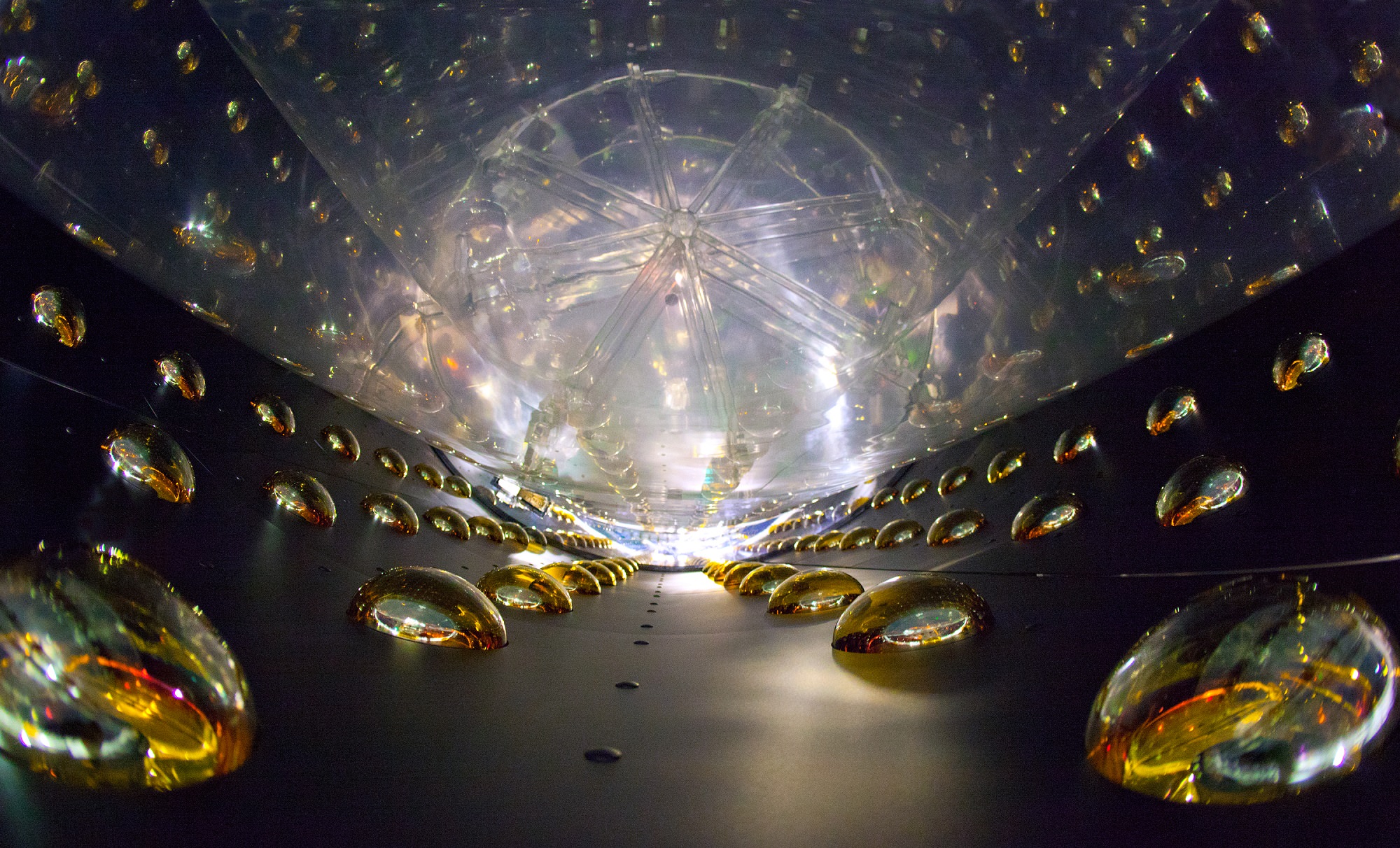One of the most exciting developments in modern astronomy is how astronomers can now observe and study the earliest galaxies in the Universe. This is due to next-generation observatories like the James Webb Space Telescope (JWST), with its sophisticated suite of infrared instruments and spectrometers, and advances in interferometry – a technique that combines multiple sources of light to get a clearer picture of astronomical objects. Thanks to these observations, astronomers can learn more about how the earliest galaxies in the Universe evolved to become what we see today.
Using Webb and the Atacama Large Millimeter/submillimeter Array (ALMA), an international team led by researchers from the National Astronomical Observatory of Japan (NAOJ) successfully detected atomic transitions coming from galaxy GHZ2 (aka. GLASS-z12), located 13.4 billion light-years away. Their study not only set a new record for the farthest detection of these elements This is the first time such emissions have been detected in galaxies more than 13 billion light-years away and offers the first direct insights into the properties of the earliest galaxies in the Universe.
Continue reading “Webb and ALMA Team Up to Study Primeval Galaxy”










